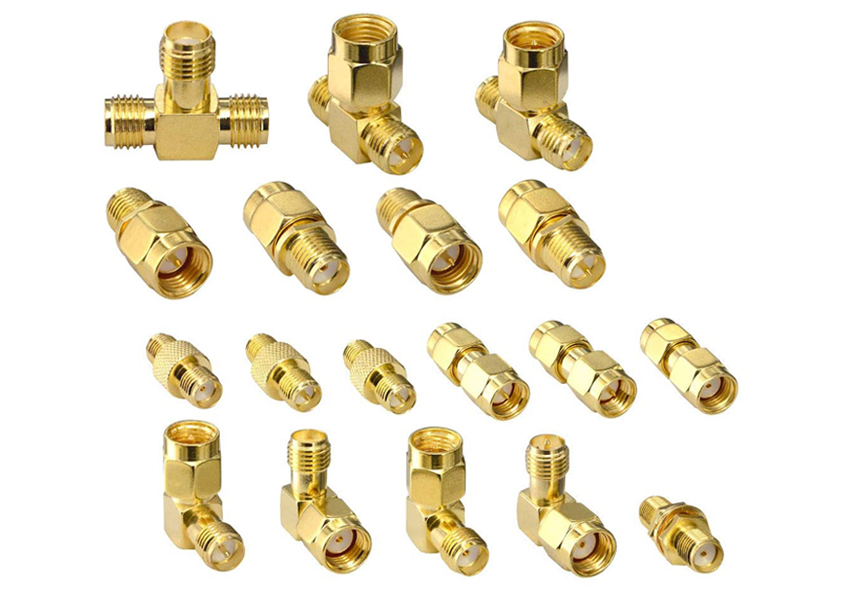The SMA (Sub-Miniature-A) RF coaxial connector, credited to James Cheal of Bendix Company in the United States in 1958, was born to address the TEM mode conversion challenges between coaxial and microstrip structures due to its compact size and design. This innovation brought simplicity, a wide operating frequency range, and high reliability, leading to its rapid adoption in aerospace systems, microwave communication engineering, and Harsh Environment applications.
Today, the SMA connector stands as the world’s most versatile RF connector, boasting a wide range of specifications and extensive usage. Its inventor received the prestigious World Microwave Application Award for this groundbreaking invention. SMA connectors operate within the frequency range of 0 to 18GHz, making them suitable for 3 to 5mm soft, semi-flexible, and semi-rigid cables. Originally developed for the .141 (RG402) semi-rigid cable, SMA connectors utilize the inner conductor of RG402 coaxial cables, ensuring exceptional transmission performance.
SMA connectors employ threaded connections and offer precision levels suitable for frequencies up to 26.5GHz (with some models, like those developed by Yingkang Connector Co., Ltd., extending to 30GHz). Their maximum operational frequency is primarily determined by the connected cable. The advantages of SMA connectors lie in their ability to handle high frequencies, their compact size, and their stable connections. These connectors find extensive use in the microwave field, including applications like coaxial cable to waveguide and coaxial cable to PCB microstrip. You’ll also encounter SMA connectors in amplifiers, attenuators, filters, mixers, crystal oscillators, switches, and more.
While the SMA connector’s working frequency is 22GHz, it isn’t categorized as a millimeter-wave connector. Nevertheless, it played a pivotal role in influencing the development of millimeter-wave connectors. The SMA connector’s interior is filled with polytetrafluoroethylene (PTFE) medium, boasting a relatively simple structure. Originally not designed as a precision connector, it quickly gained popularity due to its small size and capacity to work at higher frequencies. Subsequently, when newer generations of millimeter-wave coaxial connectors were developed, compatibility with SMA connectors became a crucial consideration.
However, inherent limitations in SMA connectors also imposed restrictions on the evolution of smaller coaxial connectors. Notably, the key drawbacks of SMA connectors include their limited precision, making them unsuitable for precise test equipment requirements, thin outer conductor walls that render them susceptible to wear and damage during use, and a relatively lower operating frequency that cannot meet the demands of systems operating above 40GHz.
To overcome these shortcomings, manufacturers introduced a range of connectors compatible with SMA connectors. Prominent models include 3.5mm, WSMA, and subsequently developed options like 2.92mm, MPC3, KMC, and WMP4. These connectors addressed the weaknesses of the SMA, offering structural enhancements that significantly improved connector robustness.

